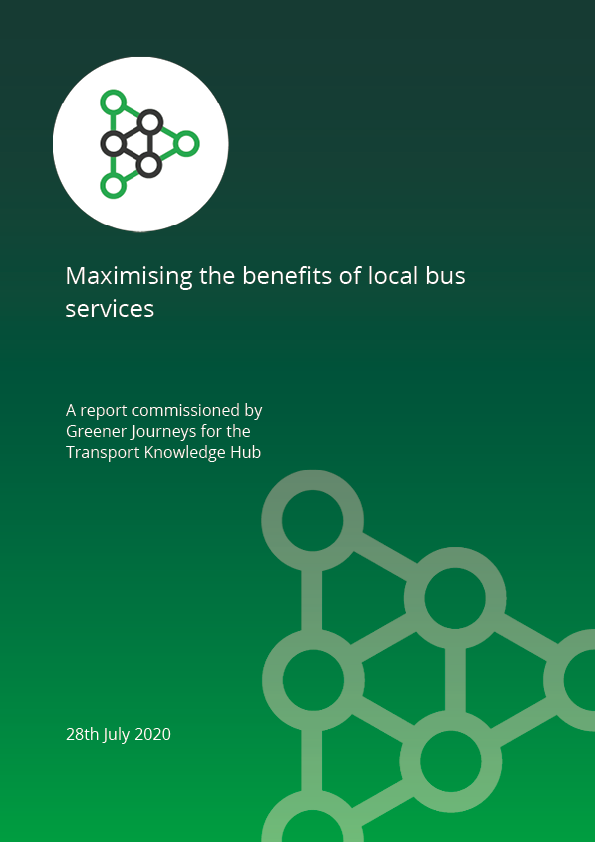In February 2020 Department for Transport (DfT) announced £5 billion of new funding for bus services and cycling. £2 billion has been allocated to active travel and £3 billion to bus travel. Of the £3 billion of new funding for buses, DfT has suggested an initial allocation of funding £1 billion to support investment in 4,000 zero emissions vehicles. This report by KPMG explores how the remaining £2 billion could be used to transform bus services in England.
KPMG developed econometric models to compare bus use between areas, benchmark levels of demand and identity the level of patronage achievable with the right investment and market conditions. The key conclusions of their research are:
-
- £2 billion of investment in bus networks would generate 425 million new bus journeys per year in England outside of London by 2024/25.
- All local authority areas in England outside of London could expect to see at least a 20% increase in patronage.
- Each £1 invested would generate £4.48 in wider social, economic and environmental benefits.
- With the right balance of investment between infrastructure and services, it looks possible to achieve patronage levels achieved in the best performing areas in underperforming areas. This would involve the allocation of 60%-70% of the £2 billion funding to infrastructure projects and 30%-40% to support services and fares. This would also involve 44% of the funding to be allocated to metropolitan areas, 44% to urban/semi-urban areas and 12% to rural areas.

